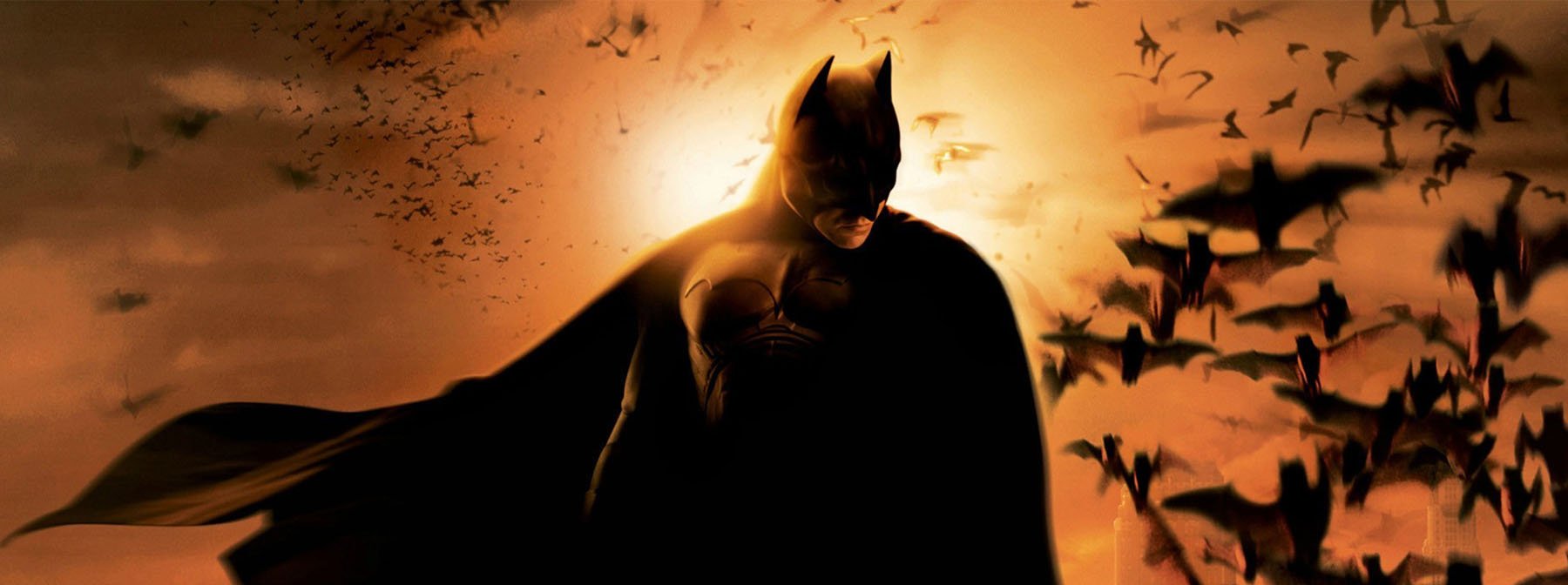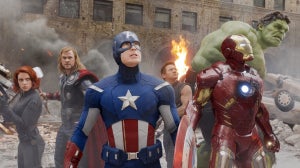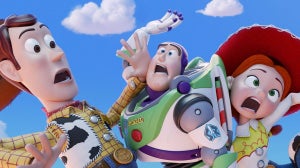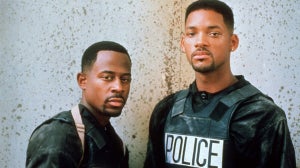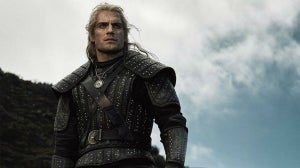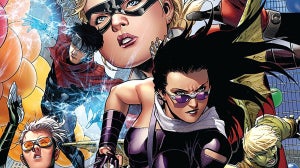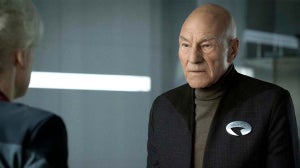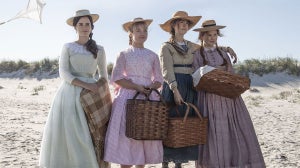Kicking off The Dark Knight Trilogy, this more grounded, gritty and realistic take on Batman couldn't be more different to the camp Batman And Robin which flopped both critically and commercially in 1997, and its exactly what audiences both wanted and deserved.
After spending years in hiatus the caped crusader returned to the big screen with a bang in 2005, changing the course of cinema history forever.
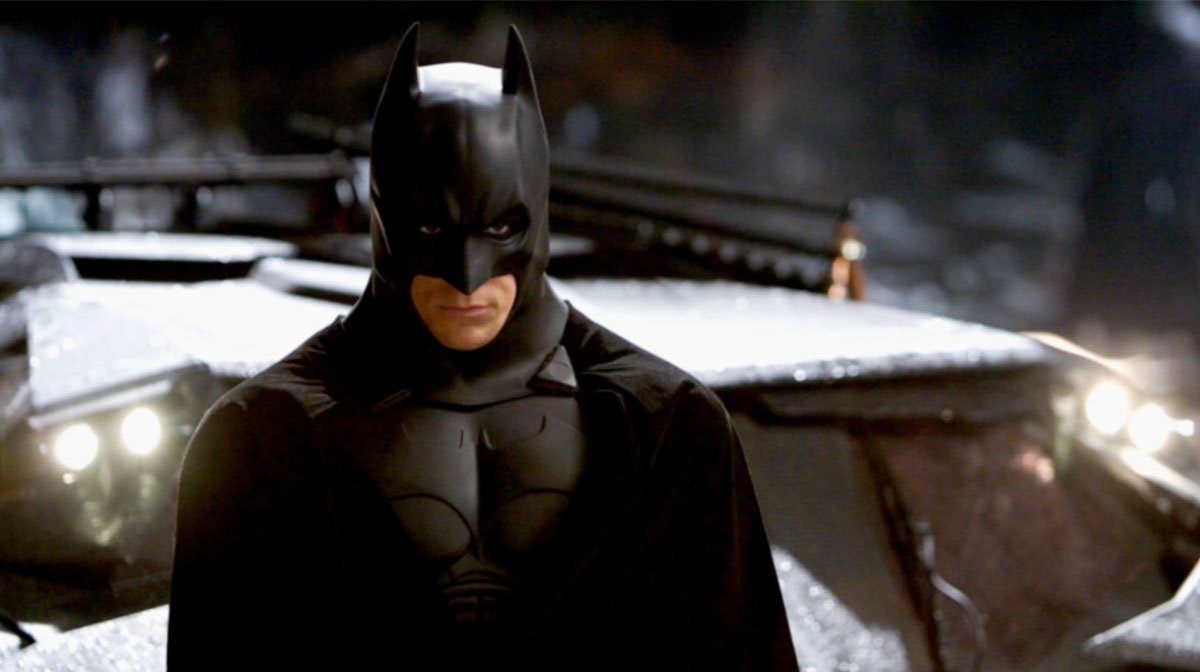
Now, The Dark Knight gets a lot of credit in terms of its impact on the superhero genre, and it is understandable why.
The film is a magnificent beast and really built on the ideas introduced in Batman Begins, especially since they had proven to be successful.
However, simply put you wouldn't have The Dark Knight without Batman Begins which laid the all important groundwork, and helped ease audiences into this new and darker era of superheroes.
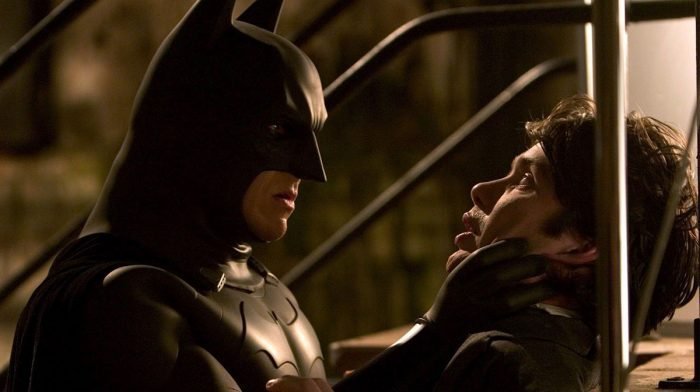
The superhero movies released before Batman Begins, such as Sam Raimi's Spider-Man, X-Men and Tim Burton's Batman, were primarily considered to be more 'kids films', and so were fun, silly and cartoonish.
Not that that was a bad thing at all. In fact the style worked beautifully for those movies and helped them become hits, and it still does work wonderfully as we have seen with the likes of more recent endeavours, such as Spider-Man: Into The Spider-Verse and much of the Marvel Cinematic Universe (MCU).
But when it came to Batman the format was getting old. Audiences were becoming less receptive to it, and it's never a good thing when the main takeaway from a movie is 'why did Batman's suit have nipples'.
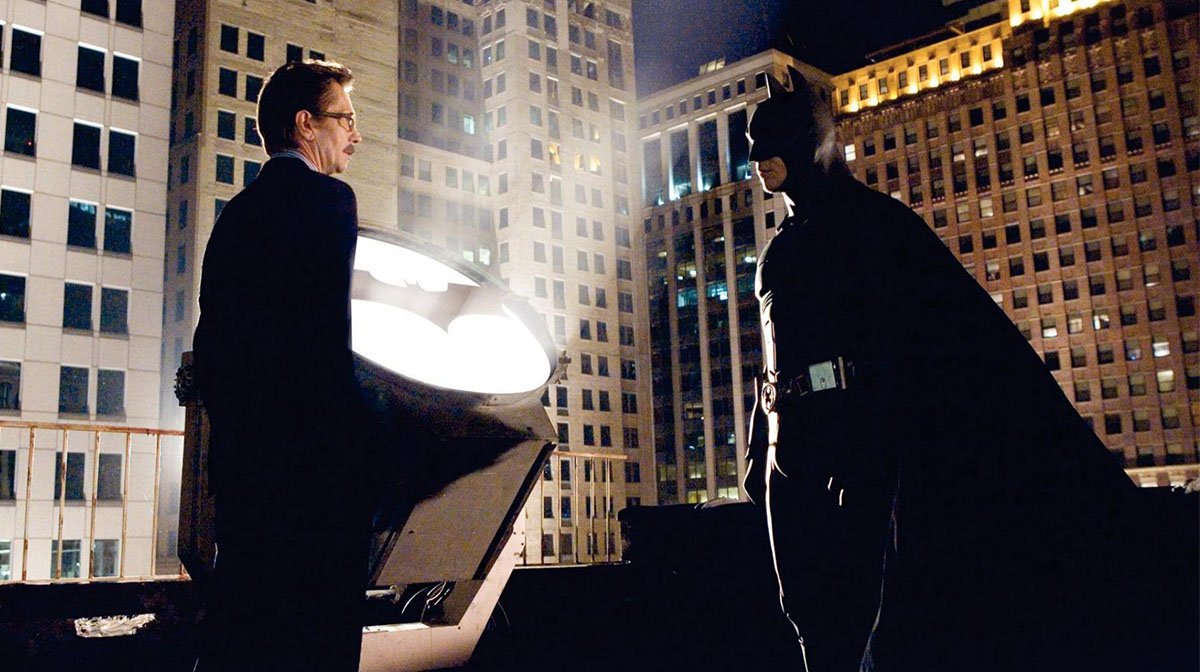
Warner Bros. realised this, and spent many years trying to decide what to do with the character on the big screen, scrapping proposals for a fifth movie in the current series, and rejecting pitches from the likes of Joss Whedon (who would later on go to helm the first Avengers movie).
Enter writer and director Christopher Nolan, hot off the success of his indie hit Memento and thriller Insomnia, and comic-book and screenwriter David S. Goyer, hired by the studio a couple months later as co-writer.
The duo's aim with the movie was simple: approach the character with an adult sensibility, ground the world of Gotham in realism, and understand why exactly a millionaire would dress up as a bat to fight crime.
In today's world that aim may not seem ambitious and unique at all, but at the time it was, meaning Warner Bros. took a huge risk allowing Nolan and Goyer to pursue their vision. Luckily though it was one that paid off, and paid off big time.

Instead of transporting audiences to a fantasy land, the film asks the question what if Bruce Wayne became Batman in our world, the crux which shapes the whole movie.
For example, when it comes to gadgets such as the Batmobile, these are all based on actual ones used by the military, but are just given the Bat-twist, or in some cases a lick of black paint as Bruce asks Fox about the tumbler, 'does it come in black?'
The villains of the piece, Ra's Al Ghul and The League Of Shadows, are also more realistic. Normally the bad guys in superhero movies just want to end the world, or assume the power themselves, but in the case of Batman Begins, their aim is to return the corrupt city to harmony.
As Ra's tells Bruce himself: 'Every time a civilisation reaches the pinnacle of its decadence, we return to restore the balance.'

Whilst Nolan has always had a personal preference for special effects over CGI, here it also helped him achieve the more realistic feel too, using miniatures, stunt-work and practical effects wherever he could.
The use of CGI therefore in the movie is limited, but when it is put to use it is done very effectively, for instance with the horror imagery, namely with Scarecrow and the hallucinations.
These moments are truly terrifying and straight out of a horror movie, immediately making the tone of the movie darker.
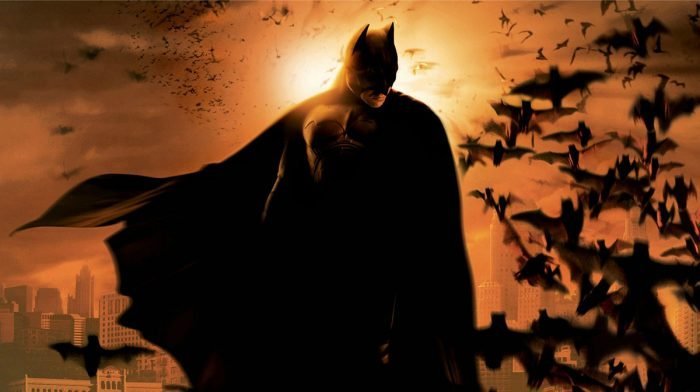
Today the words 'mature', 'dark' and 'gritty' normally lead to people rolling their eyes, sick of every bloody blockbuster having this tone, but in 2005 with Batman Begins, it was a fresh approach which not only worked, but was welcomed.
From this horror imagery, to the bleak and grey cinematography, to the way Scarecrow uses his hallucinogenic drugs on people, everything about Batman Begins is dark, a brooding style which suited the gothic character perfectly.
The Gotham of Batman Begins is tainted by crime, corruption, misery and poverty, and Nolan was unafraid to show the bleakness, taking audiences into the depths of 'the Narrows' and highlighting the ruin.

And the same mature and melancholic approach was taken with Batman too, as Nolan and Goyer peeled back the layers on both Bruce Wayne and the beloved Dark Knight.
We had seen superhero origin stories before, but none quite like Batman Begins which took time to really focus on and analyse the psychology of the centre hero.
Of course in the movie we see Batman take on villains, but much of the story is spent on Bruce's journey to donning the cape and cowl, as we spend time with him as a child, in prison and in the mountains.
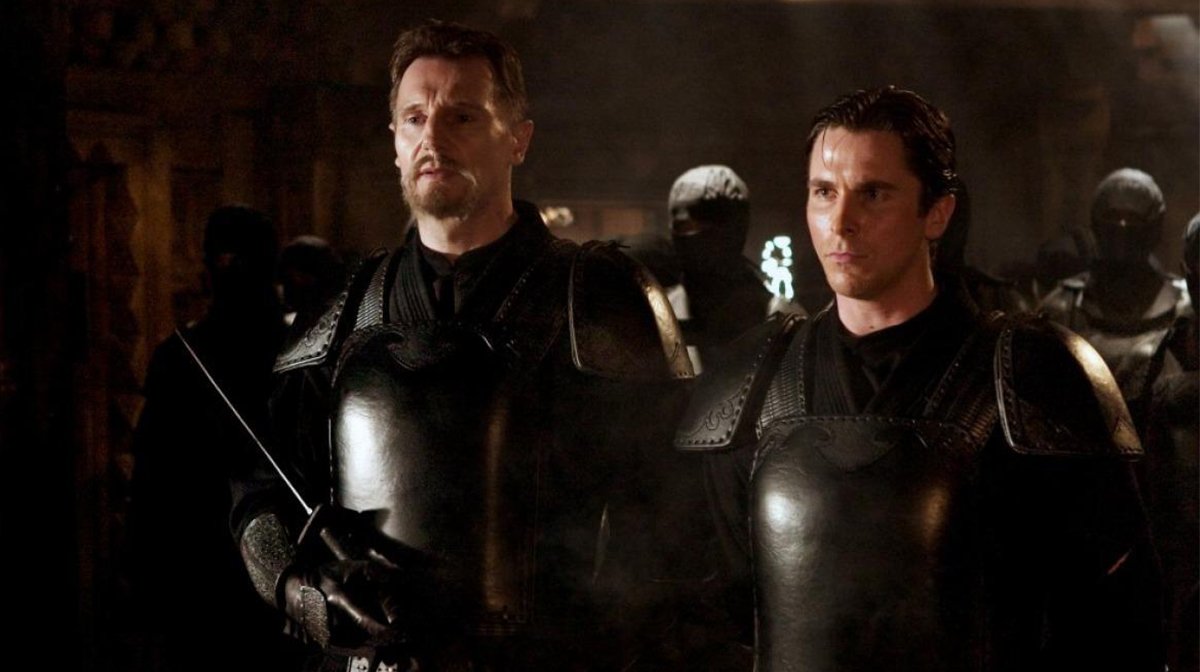
The writers really understood the pain Bruce went through, and is still suffering, and showed how the character is trying to address both that, and his anger.
Three different characters actually make up our hero: the caped crusader Batman, the billionaire playboy Bruce shows to the public, and finally the Bruce who found himself lost after the death of his parents.
As Rachel notes in a key scene at the end, Bruce Wayne is also a mask.
Christian Bale's phenomenal and nuanced performance really tapped into these aspects of the script, allowing us to emotionally connect with the character, arguably like we hadn't done with a superhero before.

In many ways, Batman Begins was the first 'grown-up' superhero movie, with audiences lapping up its more mature tone, whilst Hollywood realised they should start taking the genre more seriously, and treat it with respect.
Countless other filmmakers would take inspiration from this with the results being rather mixed, from the outstanding Logan to the dull Batman v Superman which took the dark tone too far.
Meanwhile Nolan himself successfully expanded on the idea with The Dark Knight, and whilst we also have that movie to thank for how cinema changed its attitude to superhero films, we shouldn't forget where the journey, well, begins.
For all things pop culture and the latest news, follow us on Instagram, Twitter and Facebook.
